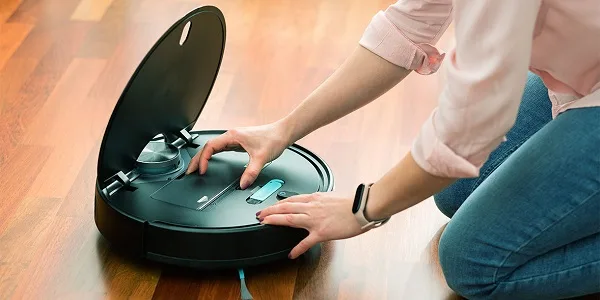
Robot Vacuum Cleaners: Transforming Home Cleaning Efforts
The advent of robot vacuum cleaners has significantly altered the landscape of home maintenance, offering a glimpse into a future where convenience and efficiency reign supreme. This deep dive explores the origins, effectiveness, challenges, time-saving benefits, and future prospects of these autonomous helpers, shedding light on how they’ve become an indispensable part of our daily routines.
The Dawn of Autonomous Cleaning
A Brief History
The first robot vacuum cleaners entered the market in the early 2000s, introducing homeowners to the concept of automating one of the most mundane household chores. These early models, while basic in functionality, paved the way for the advanced devices we see today, equipped with smart technology and capable of navigating complex home environments with ease.
Varieties and Evolution
From simple dust-busters to sophisticated machines with AI-driven navigation, mapping capabilities, and app integration, robot vacuum cleaners have evolved significantly. Today’s models can handle a variety of surfaces, adapt to different levels of debris, and even empty themselves, making them versatile tools in the fight against dirt and dust.
Measuring Effectiveness
Cleaning Performance
Modern robot vacuums are designed with powerful suction, advanced brush systems, and detailed mapping technology, ensuring thorough cleaning across all types of floors. Their ability to reach under furniture and navigate tight spaces has made them particularly effective in maintaining a dust-free environment.
Battery Life and Maintenance
The latest models boast extended battery life, allowing them to cover more ground on a single charge. Maintenance has also been simplified, with many units featuring self-cleaning brushes and easy-to-empty dustbins, further enhancing their user-friendly appeal.
Smart Features and Integration
Integration with home automation systems and smartphones has elevated the utility of robot vacuums, allowing for remote control, scheduling, and real-time monitoring of cleaning sessions. These smart features not only improve effectiveness but also add a layer of convenience that was previously unimaginable.
Addressing the Challenges
Navigational Hurdles
Despite advancements, robot vacuums can still face difficulties with complex floor plans or navigating around obstacles. The latest models, however, are increasingly adept at overcoming these challenges through sophisticated sensors and learning algorithms.
Dealing with Different Surfaces
Transitioning between carpet, hardwood, and tile can pose problems for some models, but technological improvements have led to robots that can adjust their cleaning modes based on the type of surface they encounter.
Limitations and Maintenance
While robot vacuums excel at daily maintenance cleaning, they may struggle with deep-cleaning tasks. Regular maintenance of the robot itself is also crucial to ensure longevity and performance, requiring users to clean brushes and empty dustbins regularly.

The Gift of Time
One of the most significant benefits of robot vacuum cleaners is the amount of time they save. By automating daily or weekly cleaning tasks, these devices free up hours that can be spent on other activities, offering a newfound flexibility in managing household chores.
The convenience of setting schedules and letting the robot do the work even in your absence means coming home to a clean environment, reducing the need for time-consuming manual vacuuming sessions.
Looking to the Future
As technology advances, the future of robot vacuum cleaners looks bright, with potential features like enhanced AI, improved battery life, and even more seamless integration into smart homes on the horizon. These developments promise to make robot vacuums an even more integral part of our cleaning routines, further simplifying the task of maintaining a clean and inviting home.
The ongoing innovation in robot vacuum technology not only highlights the potential for further improvements in cleaning efficiency but also underscores the increasing role of automation in our daily lives, offering a glimpse into a future where smart technology provides solutions to a wide range of household challenges.
